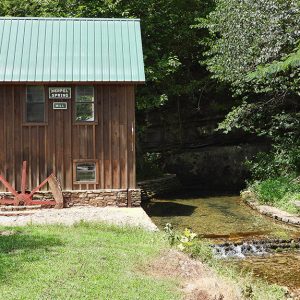 Herpel Spring Mill
Herpel Spring Mill
Entry Category: Counties, Cities, and Towns - Starting with H
 Herpel Spring Mill
Herpel Spring Mill
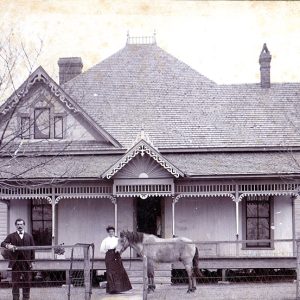 Hester House
Hester House
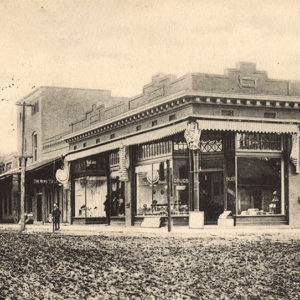 Hesterly Drug
Hesterly Drug
Hickman (Mississippi County)
Hickory Ridge (Cross County)
Hickory Valley (Independence County)
 Hickory Valley Methodist Church
Hickory Valley Methodist Church
 Hickory Valley Methodist Church
Hickory Valley Methodist Church
Higden (Cleburne County)
 Higden Bridge
Higden Bridge
Higginson (White County)
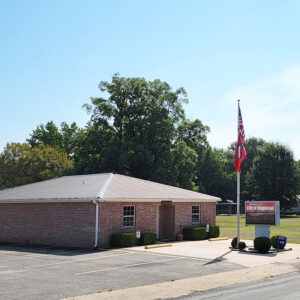 Higginson City Hall
Higginson City Hall
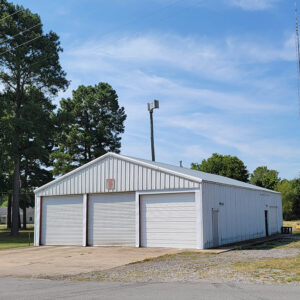 Higginson Fire Department
Higginson Fire Department
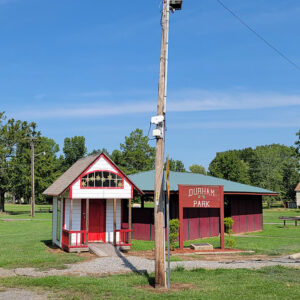 Higginson Park
Higginson Park
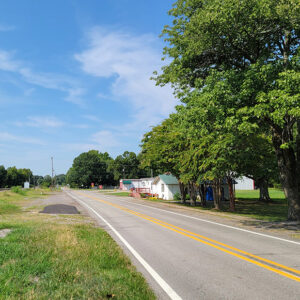 Higginson Street Scene
Higginson Street Scene
 Higginson Street Scene
Higginson Street Scene
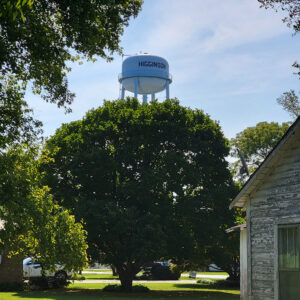 Higginson Water Tower
Higginson Water Tower
Highfill (Benton County)
 Highfill Church
Highfill Church
Highland (Sharp County)
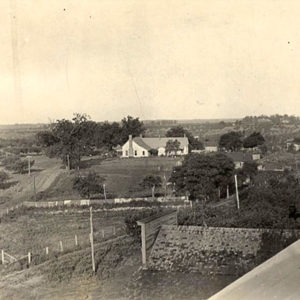 Highland Orchard
Highland Orchard
 Highway 65
Highway 65
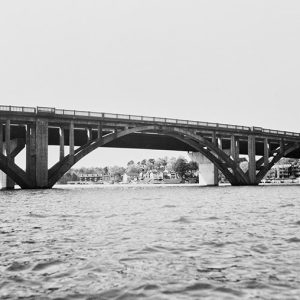 Highway 70 Bridge
Highway 70 Bridge
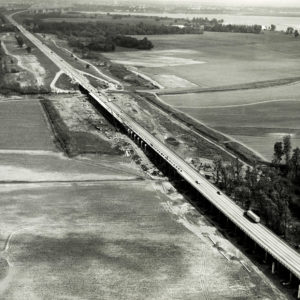 Highway 70 Bridge
Highway 70 Bridge
Hindsville (Madison County)
 Hispanic Population Change 2020
Hispanic Population Change 2020
 Historic Arkansas Museum
Historic Arkansas Museum
 Hocker House
Hocker House
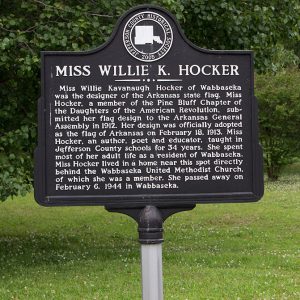 Hocker House Sign
Hocker House Sign
 Holcomb Street
Holcomb Street
Holiday Island (Carroll County)
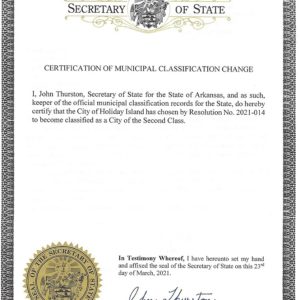 Holiday Island Certificate
Holiday Island Certificate
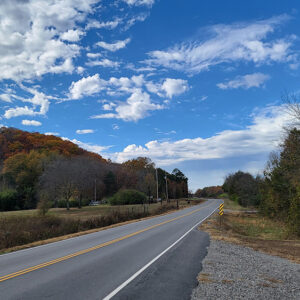 Entering Holland
Entering Holland
Holland (Faulkner County)
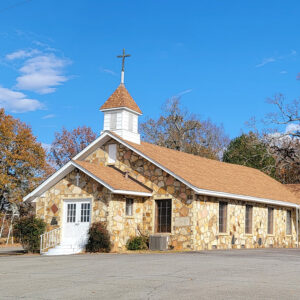 Holland Church
Holland Church
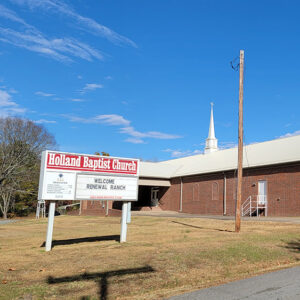 Holland Church
Holland Church
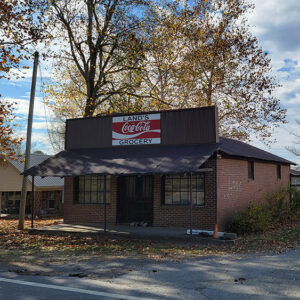 Holland Grocery Store
Holland Grocery Store
 Holland Grocery Store
Holland Grocery Store
 Holland Police and Fire
Holland Police and Fire
 Holland Street Scene
Holland Street Scene
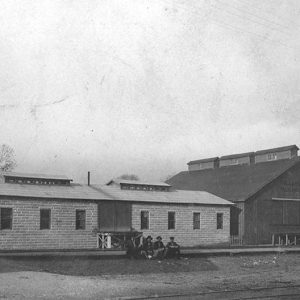 Holland-American Fruit
Holland-American Fruit
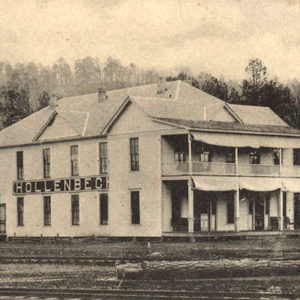 Hollenbeck Hotel
Hollenbeck Hotel
Holly Grove (Monroe County)
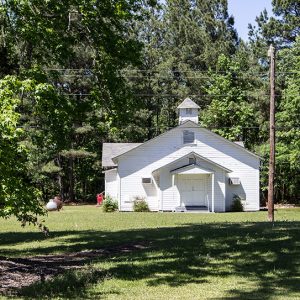 Holly Grove Baptist Church
Holly Grove Baptist Church
 Holly Grove Cemetery
Holly Grove Cemetery
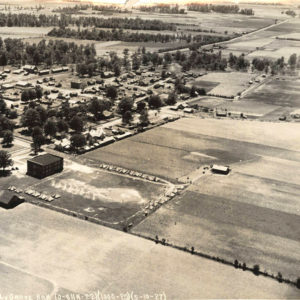 Holly Grove Refugees
Holly Grove Refugees
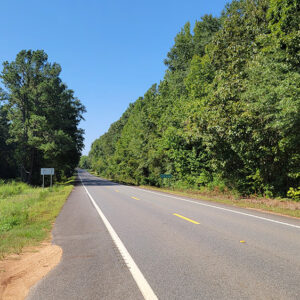 Entering Holly Springs
Entering Holly Springs
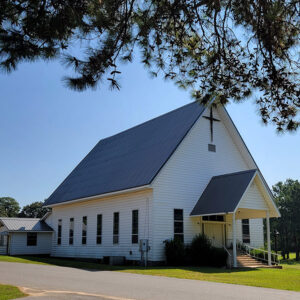 Holly Springs Church
Holly Springs Church
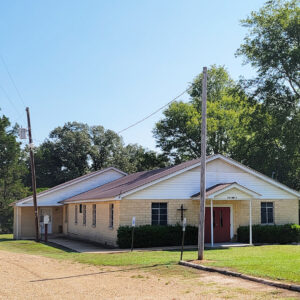 Holly Springs Church
Holly Springs Church
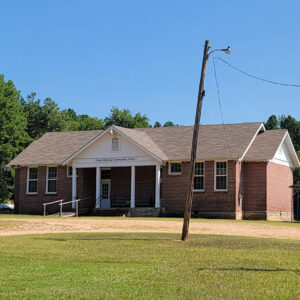 Holly Springs Community Center
Holly Springs Community Center




